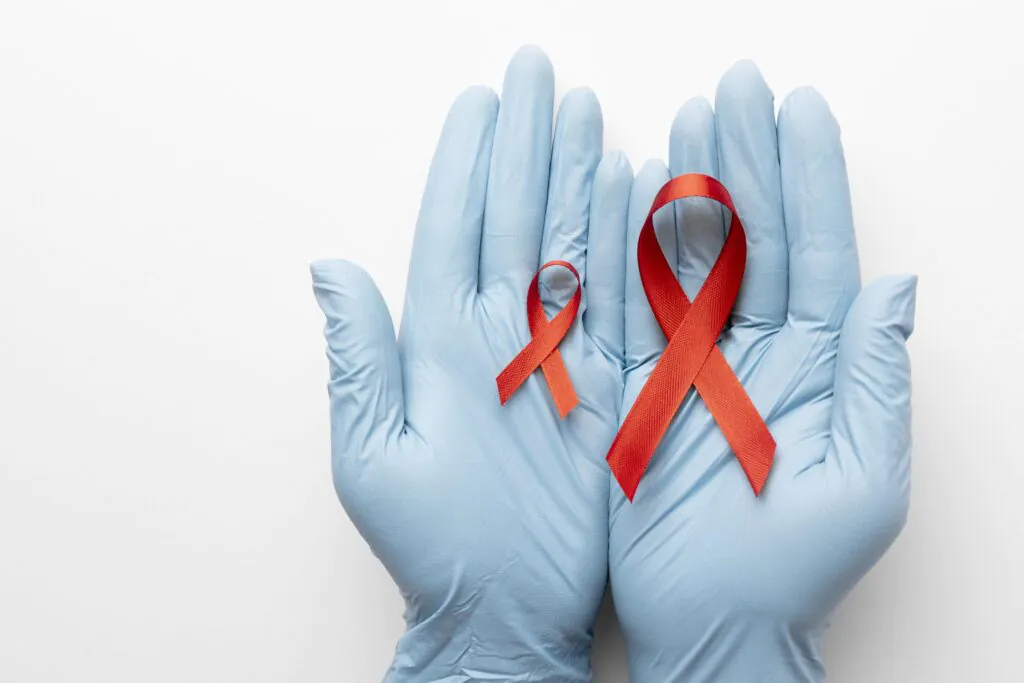9th September, 2024
Table of Contents
There was a time when access to healthcare was not a priority on the global public health agenda. In fact, until the late 20th century, the idea of “access” was historically understood as a strictly physical issue - like the access you need to get into a special exhibit at your local museum. What changed and what does it mean for the future of patient health?
The HIV/AIDS epidemic opened the world’s eyes to the consequences of access inequities.
In the 1980s and 1990s, the HIV/AIDS epidemic devastated communities worldwide, with sub-Saharan Africa bearing the brunt. The epidemic exposed severe inadequacies in healthcare systems, particularly in resource-limited settings. Life-saving antiretroviral treatments (ART) were available, but only to a privileged few in more developed countries. For millions in Africa and other developing regions, these treatments were out of reach due to high costs, limited distribution networks, and at times, a lack of political will to address the crisis comprehensively.
No previous health crises highlighted the disparities in healthcare access more starkly than the HIV/AIDS epidemic. The HIV/AIDS crisis underscored the devastating impact of inadequate access to healthcare, sparking a global awakening that forever changed public health.

Early pilot access programs showed that treatment access was feasible around the world.
At a time when the healthcare access debate was in its infancy, Axios International recognized that equitable access to quality medicines and services was crucial for combating the HIV/AIDS epidemic, and future health crises to come. For that reason, Axios was founded in 1997 with a mission to improve access to healthcare for underserved populations. That same year, in collaboration with UNAIDS, we designed what would become the first access to treatment program for low- and middle-income countries (LMICs) called the Drug Access Initiative (DAI). Working in close collaboration with pharmaceutical companies, DAI offered ARTs at discounted prices and facilitated their distribution in regions hardest hit by HIV/AIDS, enabling both treatment availability and accessibility.
The DAI pilots weren’t just small-scale studies of ARV introductions in LMICs. They were proof-of-concept for an idea that had never been tried before. DAI increased access to treatment at a critical time. Importantly, it also showed the world that it was possible to make quality medications accessible in LMICs. DAI was the first time access was used in the context of medicine.
These early efforts were instrumental in shifting the public health agenda towards a focus on healthcare access. The success of these initiatives demonstrated that with the right strategies, it was possible to deliver life-saving treatments to even the most marginalized populations. This paradigm shift laid the groundwork for subsequent global health campaigns and policies, such as the Global Fund to Fight AIDS, Tuberculosis, and Malaria, and many other public and private initiatives for HIV/AIDS and other diseases.
Skyrocketing chronic disease rates put a significant burden on existing healthcare delivery mechanisms, growing the need for access to healthcare solutions.
Fast forward to the 21st century, chronic and non-communicable diseases have surpassed infectious diseases as a leading cause of death around the world. As rates of these diseases increase quickly, the burden on the healthcare system is significant. Whether it’s governments struggling to cover the cost of new specialty medications for chronic disease patients, overworked healthcare providers, or overcrowded hospitals, the chronic disease epidemic is resurfacing many of the same issues first faced during the HIV/AIDS epidemic.
As a result, healthcare stakeholders are being forced to prioritize alternative mechanisms to improve access to quality care and treatment, such as innovative treatment financing models and adherence support models to address affordability issues and minimize the burden on providers and health facilities.

Why It Matters
As we reflect on the journey from a time when healthcare access was not on the public health agenda to today’s more holistic approach, it is clear that the work initiated during the height of the HIV/AIDS epidemic was transformative. The evolution of healthcare access from a neglected issue to a central tenet of the global health agenda showed us:
- The importance of thinking outside the box. When DAI first launched, few thought it was possible – but today, that one program inspired a much bigger access to healthcare movement.
- The need to think ahead. When it comes to healthcare, we can’t afford to act only once the issue is already out of control (as was done during the HIV/AIDS epidemic). We need to look around corners and be proactive with our solutions.
- The importance of collaboration. Much of what we were able to accomplish during the HIV/AIDS pandemic resulted from a shared sense of urgency, and a willingness to collaborate to find solutions fast. No one person or group can overcome today’s access challenges alone. We must be willing to collaborate cross-sector and cross-industries to achieve real change.
The fight for healthcare equity is far from over, and it’s important that we keep these reflections in mind as we continue to innovate and advocate for equitable healthcare, and move closer to a world where access to quality healthcare is a reality for all.


